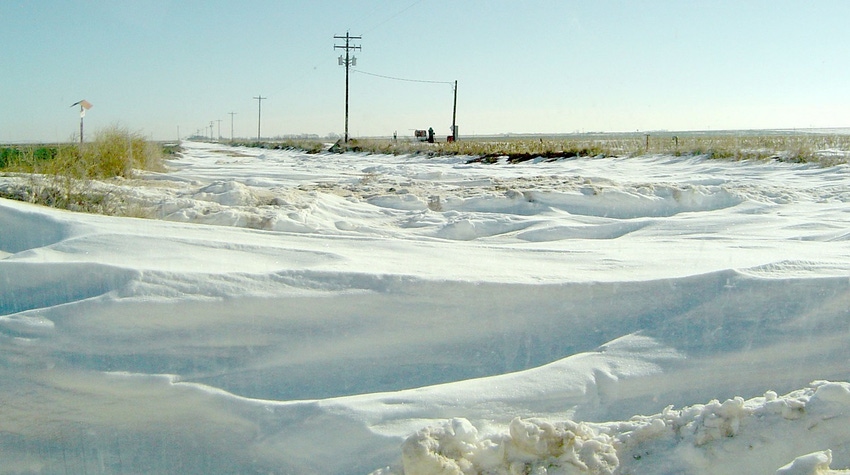January 20, 2016

A further strengthening of the current El Niño will likely mean wetter-than-normal conditions continue into spring, according to Dr. John Nielsen-Gammon, state climatologist and Regents Professor at Texas A&M University, College Station.
“There’s the possibility that this El Niño, although it’s already pretty strong, is actually going to strengthen a bit more because of the wind patterns in the Pacific Ocean,” Nielsen-Gammon said. “You can think of the tropical Pacific as a giant bathtub, and the winds blow the warm water typically over toward the far west end.
“When those winds weaken and even reverse, that’s what causes El Niño. The winds bring the warm water over to the east, toward South America. And recently we’ve had an increase in those west to east winds. That’s going to reinforce the effects of El Niño.”
As for summer conditions, long-range predictions are always a gamble, he said. But there is some evidence that the current super-strong El Niño will be followed by its counterpoint, a strong La Niña that could mean next winter will be dry.
For the latest on southwest agriculture, please check out Southwest Farm Press Daily and receive the latest news right to your inbox.
“Eventually, as the winds change, the warm water is going to slosh back,” Nielsen-Gammon said. “About half of the moderate-to-strong El Niños switch over to La Niñas. They basically overshoot the average conditions. It takes several months. The Pacific Ocean is a pretty big bathtub.”
This means the wet winter is going to more than likely continue for another few months, with elevated chances of rain through May, especially in the northern part of Texas, he said.
“Summer in Texas is always a roll of the dice or a flip of a coin, but next winter is almost certainly not going to be as wet as this winter has been. It could be a dry winter if La Niña does develop this fall,” Nielsen-Gammon said.
You May Also Like




